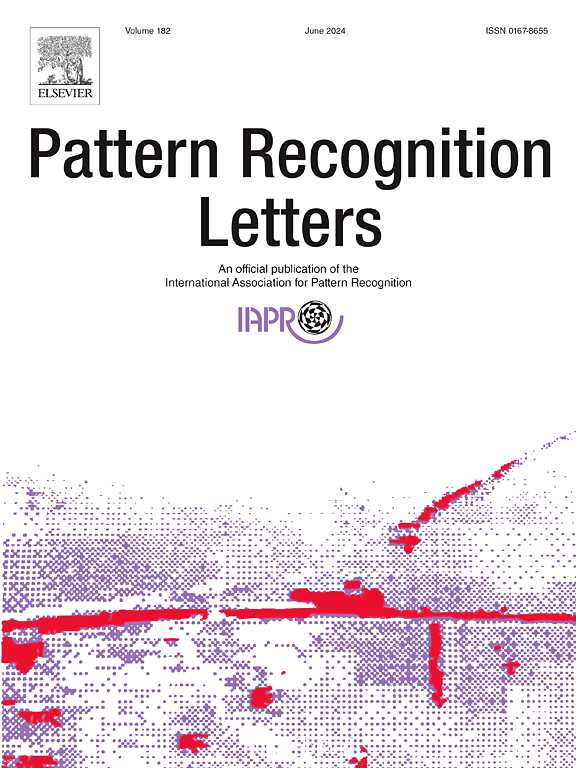基于多模态方法的犬类情绪自动识别
IF 3.3
3区 计算机科学
Q2 COMPUTER SCIENCE, ARTIFICIAL INTELLIGENCE
引用次数: 0
摘要
本研究引入了一种综合的多模态方法来分析和分类狗的情绪,结合视觉、惯性和生理数据来提高情绪识别性能。本研究从效价和唤醒的维度出发,将狗的情绪分为玩耍、沮丧、遗弃和爱抚四个象限。采用定制设备(PATITA)进行同步数据采集,并对其进行基于窗口的特征提取处理。应用降维和特征选择技术来识别数据类型中最相关的特征。然后,对Naïve Bayes、SVM、ExtraTrees和kNN等单模态和多模态分类模型进行训练和评估。实验结果证明了多模态方法的优越性,使用简化的特征集,ExtraTrees分类器始终产生最佳结果(F1-score = 0.96)。总之,这项工作为犬类情感识别提供了一个强大的多模态框架,为未来的研究提供了完善技术和克服当前局限性的基础,特别是通过更复杂的模型和扩展的数据收集。本文章由计算机程序翻译,如有差异,请以英文原文为准。
Automatic canine emotion recognition through multimodal approach
This study introduces a comprehensive multimodal approach for analyzing and classifying emotions in dogs, combining visual, inertial, and physiological data to improve emotion recognition performance. The research focuses on the dimensions of valence and arousal to categorize dog emotions into four quadrants: playing, frustration, abandonment, and petting. A custom-developed device (PATITA) was used for synchronized data collection to which a feature extraction process based on windowing was done. Dimensionality reduction and feature selection techniques were applied to identified most relevant features across data types. Then, several unimodal and multimodal classification models, including Naïve Bayes, SVM, ExtraTrees, and kNN, were trained and evaluated. Experimental results demonstrated the superiority of the multimodal approach, with ExtraTrees classifier consistently yielding the best results (F1-score = 0.96), using the reduced feature set. In conclusion, this work presents a robust multimodal framework for canine emotion recognition, providing a foundation for future studies to refine techniques and overcome current limitations, particularly through more sophisticated models and expanded data collection.
求助全文
通过发布文献求助,成功后即可免费获取论文全文。
去求助
来源期刊

Pattern Recognition Letters
工程技术-计算机:人工智能
CiteScore
12.40
自引率
5.90%
发文量
287
审稿时长
9.1 months
期刊介绍:
Pattern Recognition Letters aims at rapid publication of concise articles of a broad interest in pattern recognition.
Subject areas include all the current fields of interest represented by the Technical Committees of the International Association of Pattern Recognition, and other developing themes involving learning and recognition.
 求助内容:
求助内容: 应助结果提醒方式:
应助结果提醒方式:


